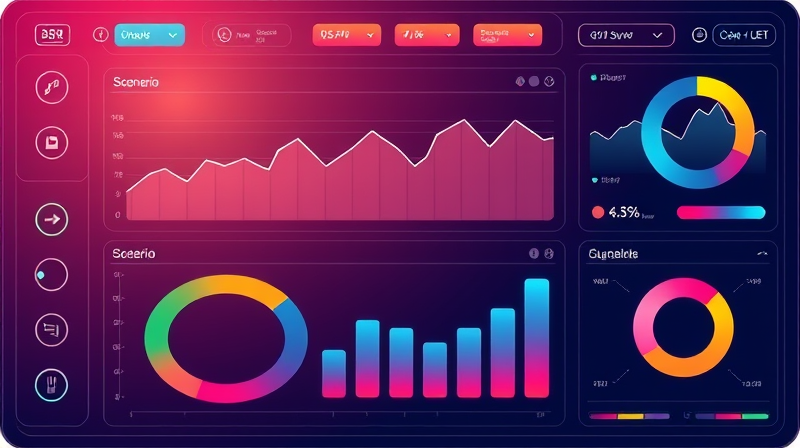
The gig economy has transformed how millions earn a living, offering flexibility and autonomy on a scale never before seen. Yet, with great freedom comes significant vulnerabilities—especially in securing adequate insurance coverage. Industry experts warn that without concerted action, coverage gaps threaten not only individual workers but also the broader economic stability we all depend on. This article dives deep into the data, explores challenges and innovations, and highlights actionable solutions to ensure gig workers can protect their health, income, and futures.
In 2023, an estimated 64 million Americans—fully 38% of the workforce—participated in freelance or contract work, contributing a staggering $1.27 trillion in annual earnings. Projections suggest that by 2027, 86.5 million people (50.9% of the workforce) will identify as gig workers. This rapid expansion encompasses a wide range of roles, from independent drivers and delivery couriers to graphic designers, real estate agents, seasonal laborers, and other sole proprietors.
While this growth conveys economic opportunity, it also exposes systemic weaknesses. Unlike traditional employees who typically receive benefits through an employer, gig workers must navigate the insurance market solo, with no safety net underwritten by a corporate sponsor.
Research reveals stark disparities between gig workers and full-time employees when it comes to essential insurance:
Additional surveys show that 44% of gig workers lack any health insurance, 60% have no disability coverage, and 70% do not carry life insurance. The absence of these protections can be devastating. A single illness or accident without health coverage may result in catastrophic medical debt, while an injury that prohibits work can wipe out months of earnings in an instant.
Without short-term disability insurance, a gig worker sidelined by injury often faces total income loss, jeopardizing rent payments, daily expenses, and emergency savings. Likewise, inadequate retirement provisions leave many unprepared for their later years, creating long-term financial fragility.
Gig workers face a web of challenges that make traditional policies ill-suited to their lifestyles:
These factors not only raise costs but also create barriers to securing comprehensive, affordable policies. Gig workers must weigh premium costs against unpredictable income, often resulting in underinsurance or complete non-participation.
Data shows that nearly 60% of uninsured gig workers believe coverage is unaffordable or unattainable, even though 72% of insured gig workers pay under $100 per month and 45% pay zero out-of-pocket after subsidies. This mismatch points to critical information gaps and enrollment hurdles.
Bridging these gaps requires targeted outreach, plain-language resources, and digital tools that simplify eligibility checks, plan comparisons, and enrollment processes.
Insurers, startups, and policymakers are beginning to respond with creative offerings designed specifically for gig workers:
In addition, digital marketplaces now aggregate individualized health plans, liability policies, and equipment insurance, making it easier for gig workers to compare rates, access subsidies, and enroll electronically without lengthy paperwork.
Industry leaders emphasize that closing these coverage gaps is not a luxury—it’s an economic imperative. A robust gig workforce underpins key sectors, from transportation and logistics to creative industries and professional services. Without adequate protections, workers become vulnerable to financial shocks that ripple through communities and strain public safety nets.
Experts advocate for a coordinated approach:
The gig economy is here to stay, offering unparalleled freedom and opportunity. Yet, without strategic efforts to ensure gig workers have access to health, disability, liability, and retirement protections, this vibrant segment risks instability and insecurity.
Insurers and policymakers must rise to the challenge by embracing innovation, simplifying access, and educating workers on their options. By doing so, they can help build a more resilient labor force—one where independent professionals thrive, communities flourish, and the economy remains strong in the face of uncertainty.
It’s time to bridge the gap. Together, we can create a future where every gig worker has the coverage they deserve and the peace of mind they need to succeed.
References













